iPhone X vs iPhone 8: What’s the difference between Apple’s phones?
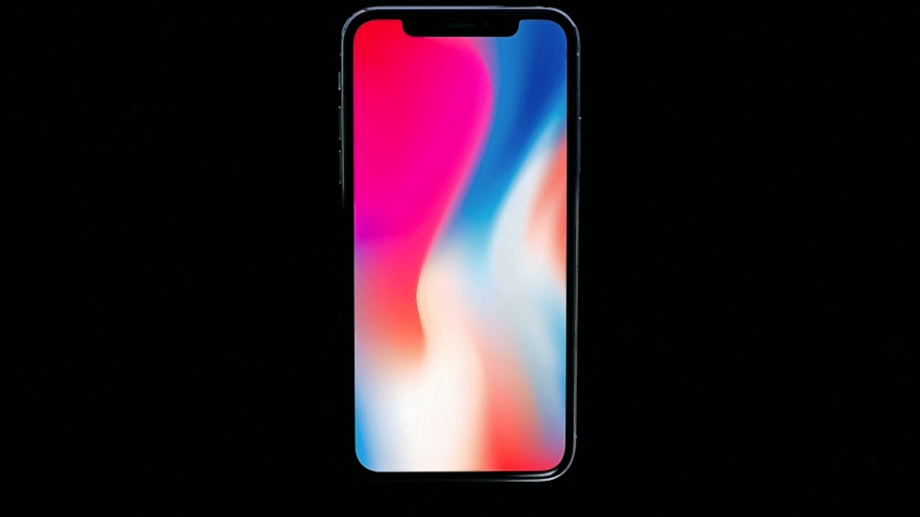
iPhone X vs iPhone 8: Should you pick up an Apple flagship this year?
In September 2017 Apple took the wraps off of no less than three new phones, but which one should you buy? Or is better just to skip them all? Allow us to explain.
Yes, that’s right. Apple ditched the iPhone 7S and jumped straight to the iPhone 8, which is unusual in itself – but the surprises don’t stop there. The iPhone X (or iPhone 10) is a special celebratory device designed to celebrate the 10th anniversary of the iPhone line, and it’s a radical departure from previous models.
Read on to learn how the new handsets differ.
iPhone X vs iPhone 8 Design: What’s the difference?
The biggest difference between the iPhone 8, iPhone 8 Plus and iPhone X is the industrial design. Apple’s lack of real advancement in design dampened the iPhone 7 and left us with a phone that felt the same as the iPhone 6.
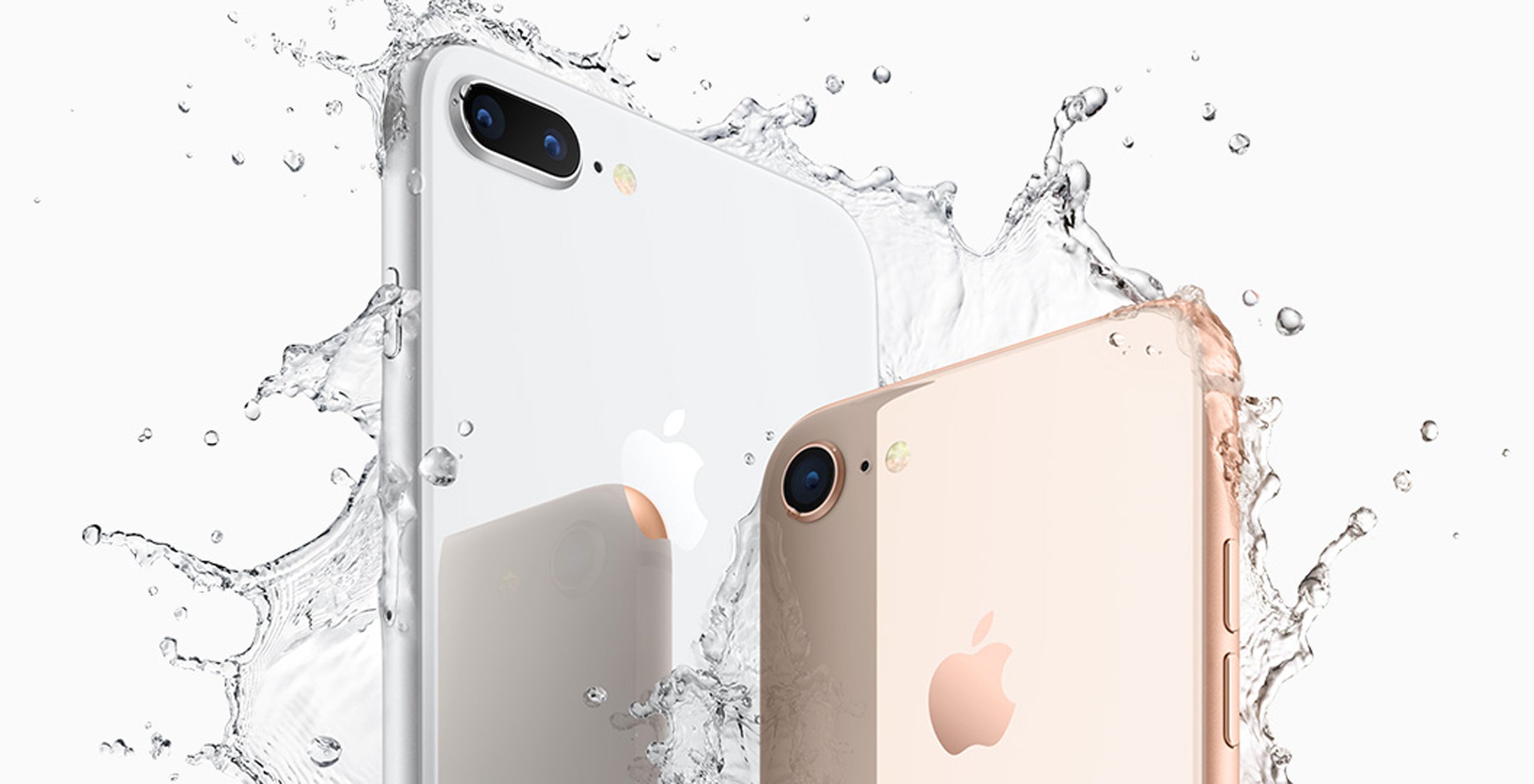
Thankfully, things are slightly different this year, but mostly just for the iPhone X. Apple’s most ‘out-there’ phone design yet instantly makes the X stand out, even though it’s been leaked to death in the past few months. Like the Samsung Galaxy S8 and LG V30, the screen on the iPhone X stretches right to the edges and the once huge bezel has been shrunk right down. It’s a striking, futuristic design that is so much more eye-catching than your typical iPhone.
The biggest design oddity will likely be the cut-out at the top that dips into the screen. This houses a myriad of sensors and the front-facing camera, and it looks a lot like the Essential Phone. It’ll be interesting to see whether or not having a portion of the screen blocked off will be annoying, but we suspect it’ll be easy to get used to. Both latest iPhones all have glass backs, which we do think looks nice but we’re not convinced about its durability.
Each new iPhone is water-resistant with the same IP67 rating as before, but the iconic circular home-button that has sat below the display on every iPhone has gone the way of the headphone jack on the iPhone X. That also means that Touch ID is now only available on the iPhone 8, not on the iPhone X. Instead, the X benefits from a new feature called Face ID. This face-scanning tech looks to be similar to the face recognition on the Note 8, but you’ll be able to use it for authorising iTunes purchases along with unlocking the phones.
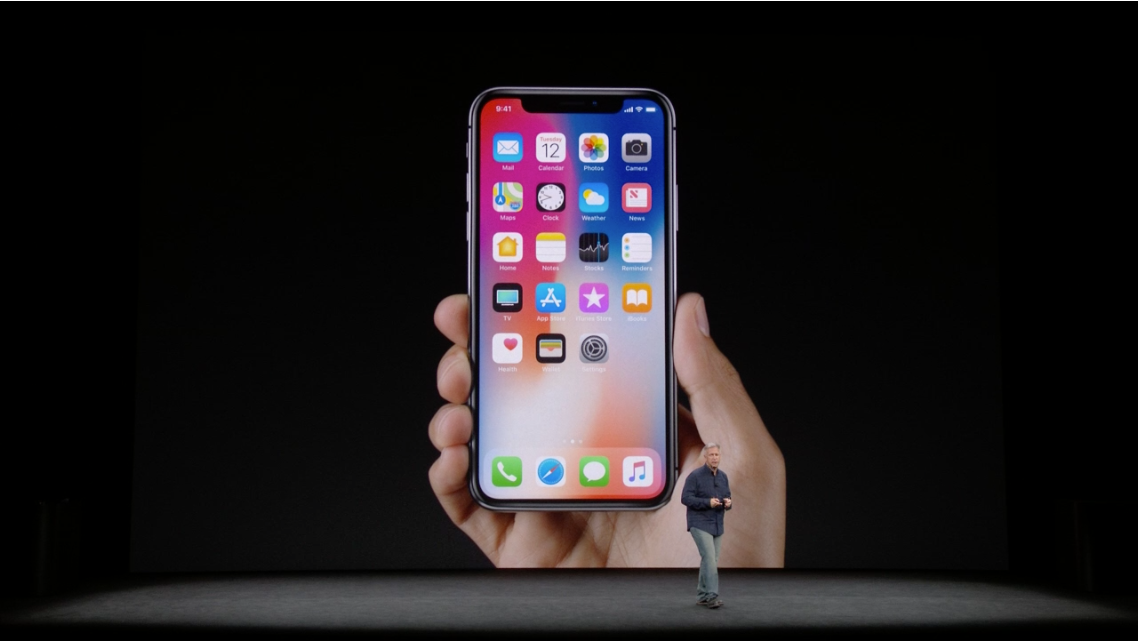
Instead of just being an aesthetic touch, the return to a glass back has allowed Apple to implement wireless charging into the iPhone line up for the first time. All the new phones benefit from this charging option, so it’s not just exclusive to the iPhone X.
iPhone X vs iPhone 8 Specs: Which phone is more powerful?
The iPhone 8 and iPhone X are powered by the A11 Bionic chip, which is built using the same 10nm process as the Snapdragon 835. This new manufacturing process means a more efficient device with hopefully smoother performance and better battery life. Apple’s A11 CPU has two performance cores, which are 25% faster each than the iPhone 7, plus four high-efficiency cores.
The iPhone 8 comes with 2GB RAM, while the iPhone X ups that to 3GB. Both are seriously fast phones though.
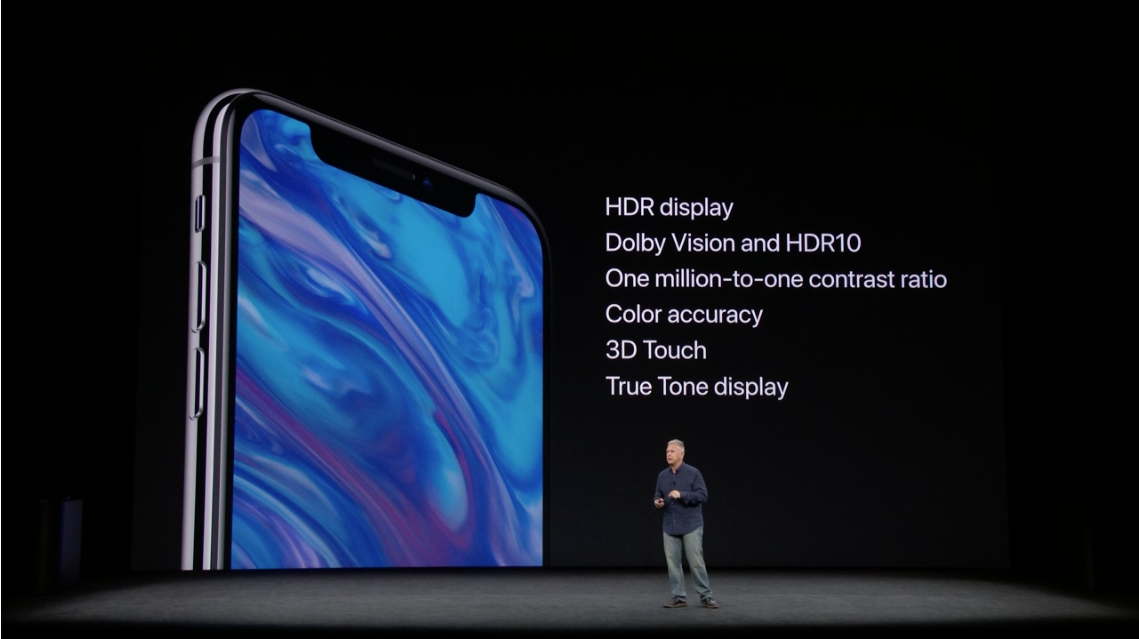
Both the iPhone 8 and iPhone X might have similar internals, but they’re very different in terms of display. The iPhone X is the first of Apple’s phones to ditch an IPS LCD display for OLED – the same screen tech used by Samsung and LG.
OLED offers perfect blacks and much more vivid colours than LCD displays, and all the best phones use it. If you plump for the iPhone 8 or 8 Plus, you’ll be stuck with the IPS LCD panels. The OLED in the iPhone X is also Dolby Vision and HDR 10 capable. It also offers a much higher resolution 2436 x 1125, rather than 720p or 1080p.
Related: What is Face ID? | What is HDR?
iOS 11 will come pre-installed on all the new phones and boasts new features like an improved Siri, brand-new Control Center and a redesigned App Store. The Touch ID lacking iPhone X will also have some exclusive iOS tweaks like the addition of a virtual home button.
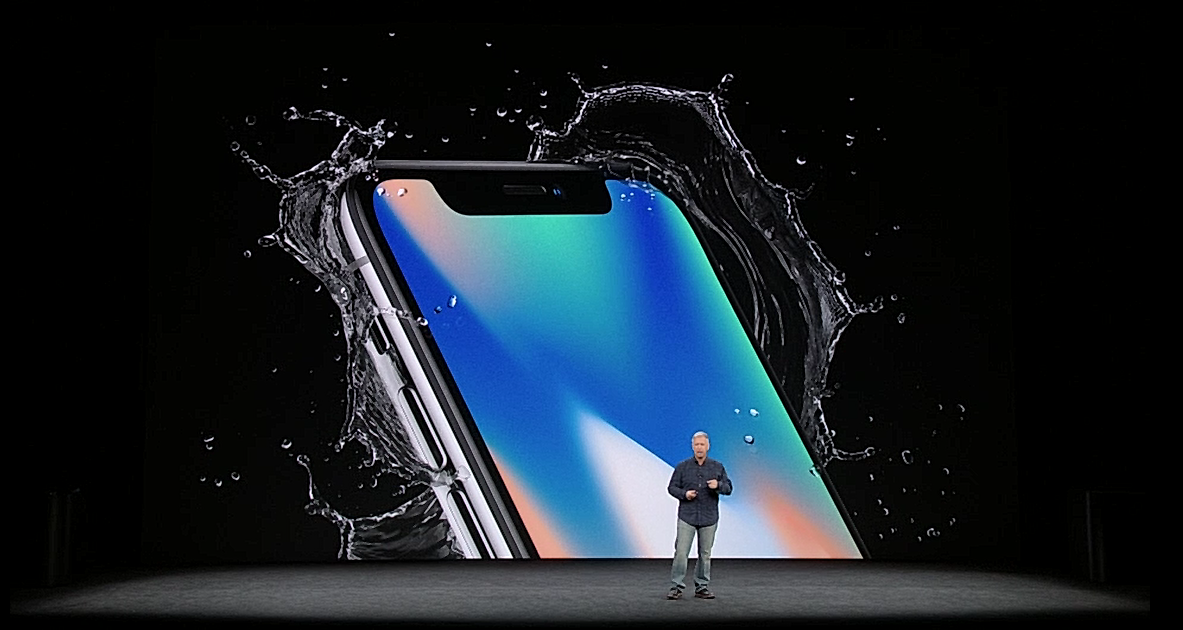
The cameras on the back of the iPhone X are similar to the ones on the iPhone 8 Plus. The smaller iPhone 8 is still stuck with one 12MP sensor, both the 8 Plus and have dual-12MP cameras with the extra sensor acting as an optical telephoto zoom lens. The iPhone X benefits from OIS on both these sensors, whereas the 8 Plus has it just on the regular sensor. Another exclusive feature for the iPhone X is a new front-facing camera that can achieve similar effects to the Portrait Mode on the back.
Related: Best iPhone X deals
iPhone X vs iPhone 8 Price
The iPhone 8 starts £/$699 for the smaller model for 64GB and £/$849 for the 256GB model. If you want the 8 Plus model you can add an extra £/$100 to each of those. The iPhone X is, obviously, pricier. It starts at £/$999 for 64GB and £/$1,149 for 256GB
iPhone X vs iPhone 8 summary: What’s the difference?
Design: The iPhone X is the design champ here, with that edge-to-edge screen and lack of a home-button. The iPhone 8 and 8 Plus are much more familiar. All the phones are IP67 rated, have glass backs for wireless charging and no headphone jack.
Specs: The new 10nm A11 chip powers both phones and the X has an extra GB RAM. The iPhone X gets the new OLED display, while the 8 and 8 Plus have to stick with IPS LCD.
Price: The iPhone 8 starts £/$699 for the smaller model for 64GB and £/$849 for the 256GB model. The 8 Plus is £/$100 more and the iPhone X starts at £/$999.
Related: iPhone 9
iPhone X or iPhone 8? Let us know your favourite by tweeting us @TrustedReviews.


